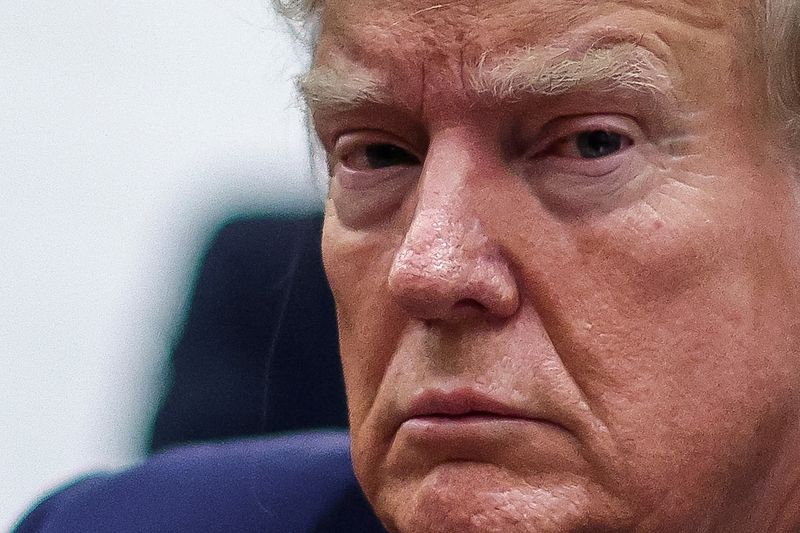California has reached a significant achievement in clean transportation by exceeding sales of 2 million zero-emission vehicles (ZEVs), including electric, plug-in hybrid, and hydrogen-powered vehicles. Governor Gavin Newsom has pledged to reinstate the state's Clean Vehicle Rebate Program (CVRP) if the federal ZEV tax credit is removed by the incoming Trump Administration. The CVRP, which ended in 2023, previously funded over 594,000 vehicles and contributed to saving more than 456 million gallons of fuel.
Governor Newsom emphasized the state's dedication to promoting clean air and green jobs, stating, "Consumers continue to prove the skeptics wrong – zero-emission vehicles are here to stay. We will intervene if the Trump Administration eliminates the federal tax credit, doubling down on our commitment to clean air and green jobs in California. We’re not turning back on a clean transportation future — we’re going to make it more affordable for people to drive vehicles that don’t pollute."
In the third quarter of 2024, ZEVs accounted for 26.4% of all new vehicle sales in California, with 115,897 ZEVs purchased. The state is actively working to enhance its charging infrastructure to support the growing number of electric vehicles. Currently, California boasts 150,000 public or shared private EV chargers and over 500,000 at-home chargers. The state has also been awarded more than $32 million in federal funds to support the installation of 458 direct-current fast chargers (DCFC) along major highways, with an additional $81.7 million in federal funding approved for next year.
Low-income Californians have access to thousands of dollars in grants and rebates for ZEVs, with information available at ClimateAction.ca.gov and ElectricForAll.org. Efforts to reduce emissions extend beyond passenger vehicles, with $102 million allocated for zero-emissions trucks' charging and fueling stations and $500 million to add 1,000 ZEV school buses.
California continues to enhance its ZEV infrastructure, prioritizing shovel-ready projects and establishing the Zero-Emission Vehicle Infrastructure Plan (ZIP) to outline strategies for meeting the state's ZEV goals. The state is also setting reliability standards, updating energy forecasts, and working with local utilities to electrify charging stations efficiently.
This progress in ZEV adoption and infrastructure is part of California's broader strategy to transition to clean transportation, which includes advancing clean fuel production, public transit, rail infrastructure, and a smarter electric grid. These initiatives aim to provide a sustainable transportation future while also preventing gasoline price spikes.
This article was generated with the support of AI and reviewed by an editor. For more information see our T&C.
